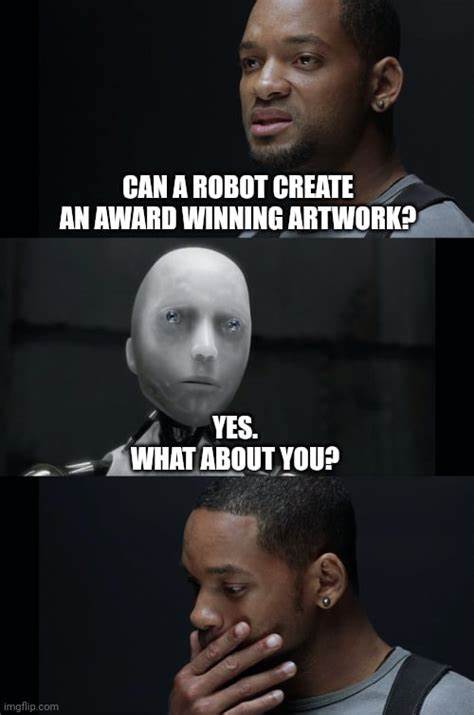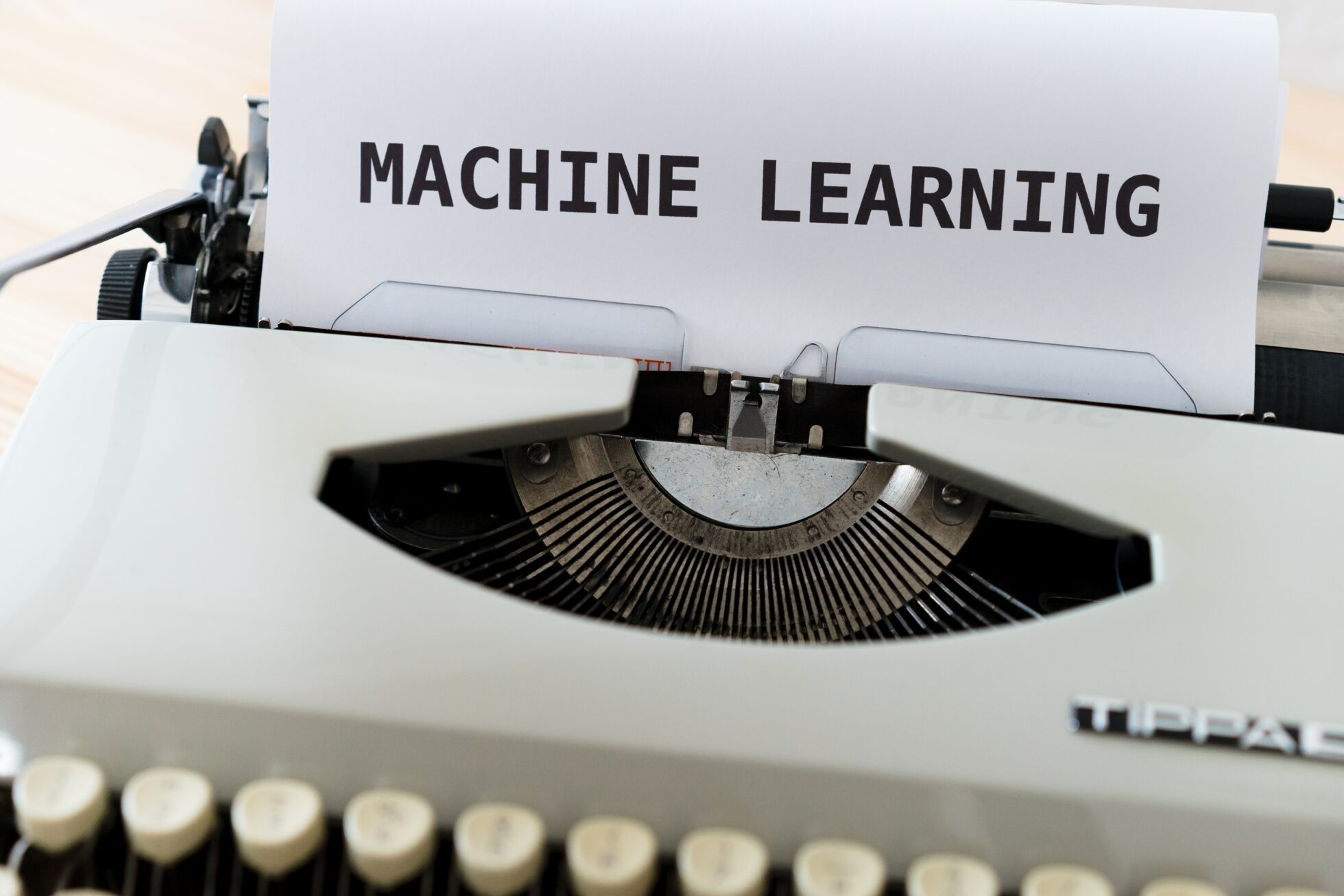Artificial Intelligence (AI) is not as new as people might think. It’s been around for decades, and people have been using machine learning in product development for half a century!
However, in the last few years, it’s certainly seen an upgrade. It can now write like humans, produce images that are indistinguishable from photographs, and set off a chain reaction of creativity that can turbo charge your product development.
In short, not all the advances in AI are good. But you can definitely make use of those that are…
10 Ways Machine Learning Can Boost Product Development
There are dozens of ways that machine learning can assist with product development. Here, we’re going to focus on the top ten. It’s time to bring out the big guns.

1. Idea Generation and Creativity
Even robots love to create! If you have a basic idea but aren’t sure which direction to take it in, you can work with AI like ChatGPT to refine it. When given the right prompt, ChatGPT can assist with idea generation and get the creative juices flowing. Here are just some of the ways it can help you flesh out an idea, whether it’s for a product you want to build, or something else entirely.
- It can ask questions that allow you to think deeply about your project.
- It can give prompts which can serve as starting points.
- It can offer different perspectives so that you have a well-rounded view of the bigger picture.
- It can share quotes, anecdotes, and stories to provide inspiration or areas for further research.
- It can help you dive deeper into concepts with examples, explanations, and related information.
- It can help you refine your work by offering feedback on your ideas.
- It can even guide you through creative exercises like brainstorming and mind mapping.
This is ideal for the early stages of product development when you’re still playing with ideas and testing the waters. It can help you clarify your targets and generate more ideas in that direction.
How AI-Driven Video Call Recordings Foster Creativity
You might not put video call recordings and creativity in the same sentence, but you’d be closing your eyes to a huge new development. The fact is that video call recordings, when done using tl;dv, a cutting edge tool that integrates with GPT technology, can enhance collaboration, idea generation, and problem-solving during remote meetings.
Not only does it capture the meeting so all participants can revisit it at their will, it also provides a free transcript (translatable in 30+ languages!) that you can quickly scan over. Even better, the integrated AI can scan over it for you – along with all the other meetings you’ve ever recorded – to create highlight reels that mash together clips from various meetings that all talk about the same topic. This makes it a fantastic remote UX research tool, as you can rapidly deduce your user’s preferences and take them into account when planning product development.
In addition to this, tl;dv can be used for internal meetings, cultivating a sense of productivity at work. If you can’t attend a specific meeting, you can record it and watch it at a time that suits you best. Even better, you can catch up quickly through the use of timestamps – a way for you to jump to the most important parts of the meeting without having to sit through the entire thing. Save your energy for what really matters: creating, innovating, and building.
With tl;dv, you get data-driven insights and easily documentable feedback that makes presenting to stakeholders and other team leaders simple.
2. Market Research and Analysis
AI can analyze vast amounts of data in the time it takes us mere mortals to blink. This allows it to quickly and easily find gaps in the market from emerging trends and different sources like social media or surveys.
This can be a life saver. Normally, qualitative data takes many hours to sift through. These hours could be spent elsewhere, doing something more creative and productive. CrawlQ was designed specifically to relieve your team of laborious research.
3. Design Assistance
Not only do you get apps like DALL-E and Midjourney that allow you to generate art in seconds, you can also get the initial prompts sorted through something like ChatGPT. It can make design suggestions, conduct prototypes, and optimize design based on your specific requirements. Need a better user experience? GPT will keep that in mind when suggesting improvements.
This is another way in which AI and machine learning can reduce your workload when it comes to product development.

4. Supply Chain Optimization
Need to save time and cut costs? Automating things like supply chain management could be a step in the right direction. With the help of advanced supply chain management tools, AI is clever enough to predict demand, manage inventory, and offer cost-saving strategies. It might take some tweaking, but it will be worth it once you have it just right.
This will become more prevalent in the future as blockchain technology merges with AI to create trustless supply chains.
5. Personalization
AI is already in use to target individuals by analyzing their user data. Seen those ads on YouTube or social media? They’re specifically targeted to you based on what you’ve liked and engaged with on their network of platforms. That data is sold to marketers who can then sell you products that they think you might be interested in. This is the reason why Facebook, Instagram, X (Twitter), etc. are all free to use, yet somehow simultaneously some of the most profitable businesses on the planet.
In essence, you give your data away in exchange for using the platform. It’s a controversial topic as there are many who believe that we should be paid for our data, some even saying it’s the new oil.
However, as the recent series of Black Mirror has shown us. We are allowing it to happen by clicking accept to all the annoying pop-ups that appear to tell us in 6,000,000 words what they’re going to do with our data.

Having said all this, if you run a business, you have access to this kind of data too. You have access to purchase history among other things, and if you dabble in online ads, you’ll be able to access your target market through third party databases. You can utilize AI here to personalize your sales approach and tailor products to individual user preferences.
GPT and similar AI tools, like AITrillion, will allow you to personalize emails en masse, as well as customer support and other areas of customer engagement, too. This all leads to a more satisfied and loyal customer.
6. User Testing and Feedback
AI can automate user testing and gather user feedback, helping teams iterate on the product and make data-driven decisions. Maze is one such example of this – it allows you to speed up the user testing process, collect insights faster, and fuel the decisions that continuously improve your product.
Another way you can use machine learning in user feedback is with tl;dv, the online meeting recorder. When you’re conducting your user interviews remotely, ask your user if it would be okay to record the call. You’ll both receive a copy as soon as the call ends. You’ll also receive AI-generated notes, an AI summary of the entire meeting, and the opportunity to revisit the meeting whenever you feel the need.
As mentioned earlier, tl;dv is excellent for user research as you can compile reels to easily share your findings with colleagues and stakeholders. On top of that, you can keep your user interviews in one place – your very own UX research repository. This is super easy to integrate with your CRM platform of choice, too!

7. Competitive Analysis
If you want to use machine learning in product development, the chances are you want to compete with the best. By having your AI of choice perform a competitive analysis on your biggest competitors, you can gain insights into how to improve your product and services. This can be done far quicker with AI than with humans. It’ll also cost you a lot less and potentially cover bases you hadn’t even considered.
It’s one of the best ways to mine for valuable insights and stay ahead in the modern era. AI tools are aplenty when it comes to competitive analysis. Even ChatGPT can perform a solid analysis of your competitors. A tool like SEMrush is great for comparing websites, especially considering the amount of traffic they’re getting from SEO. For teams new to this space, taking a few structured machine learning courses can help build the foundational understanding needed to apply these tools effectively.
8. Regulatory Compliance
Nobody enjoys keeping track of regulatory changes. But luckily for us, machines don’t feel emotions. We hope…
@tldv.io Written by ChatGPT #inception #chatgpt #ai #openai #meeting #corporate
♬ original sound - tldv.io - AI Meeting Recorder
AI can assist in ensuring that products meet regulatory requirements by analyzing and tracking compliance data throughout the development process. It’s a great task to automate, but it’s also a serious one that should be double checked. AI can and does make mistakes from time to time, and adhering to the law is something you should stay on top of.
9. AI-Enhanced Prototyping
Want a prototype made quickly? AI is your new go-to. It can generate prototypes rapidly, but also help with designing physical components using techniques like generative design.
There are plenty of AI softwares available for mockups, wireframes, and prototypes. Uizard is one of the leading design and iteration tools right now. You don’t need any design experience. You can generate mockups from text prompts, scan screenshots of apps or websites, or even drag and drop components to bring your vision to life.
10. Voice and Image Recognition
Do you tell Alexa to put stuff in your basket? Or do you ask Siri what the weather’s going to be like? Their AI is what understands your voice. With this same technology, you can enable voice commands, image search, and other user-friendly features into your product.

OpenAI, the founders behind ChatGPT, have also created Whisper, a speech recognition tool trained on 680,000 hours of multilingual data.
You’ll also see speaker recognition in tl;dv’s video call transcripts. They can accurately identify who’s speaking which makes the tool so much easier to use, especially when reviewing past meetings.
Make Products Great Again!
Now that you know how machine learning is used in product development, it’s time to use it! By adopting cutting edge technology as it comes out, you can ensure that you stay ahead of the curve. Your competitors will be picking up on AI, if they haven’t already. Now is the time to act.
And if this fills you with doubt, remember: AI will save you money in the long run. It will take some getting used to at first, sure, but automating processes that are ordinarily time-consuming will be far better for you in the end. Not only will it save you time and money, it will allow you to organize your team more efficiently and keep the creative juices flowing throughout your entire company!
It’s also worth mentioning that the majority of the tools listed above have free trials. Feel free to test the waters before committing to paying anything. tl;dv, for example, offers unlimited free video call recordings and transcripts. You only need to pay if you want to use the more business-oriented features, like integrations with CRM platforms or creating reels.
Download tl;dv for Google Meet or Zoom and try it for yourself today!





